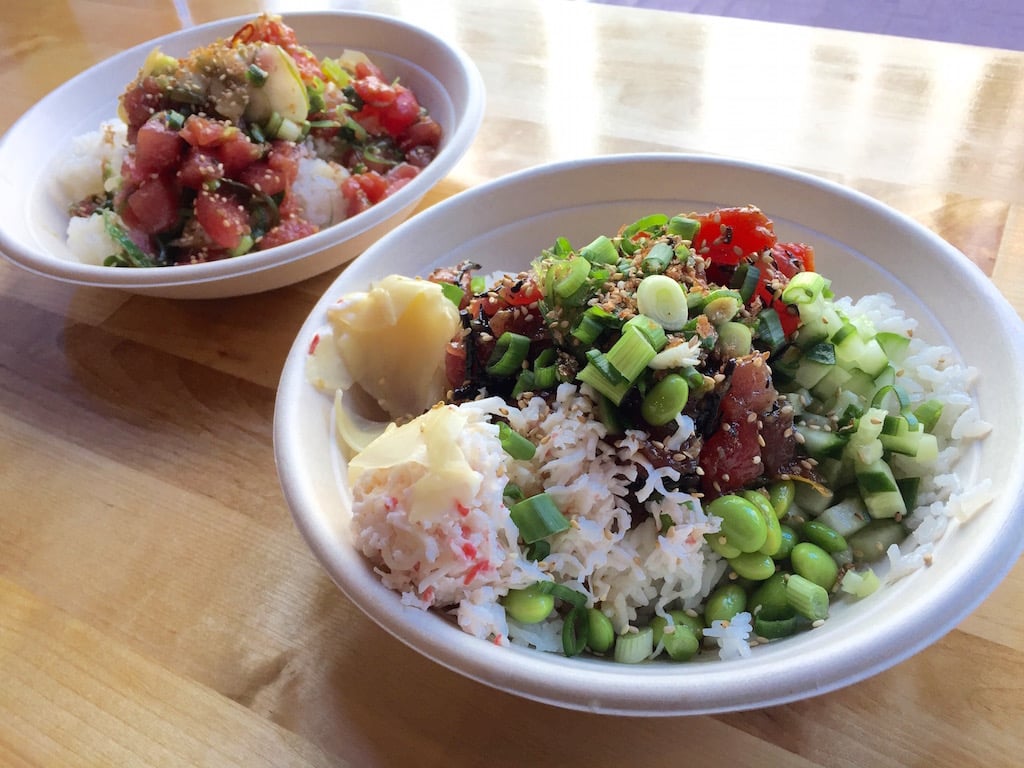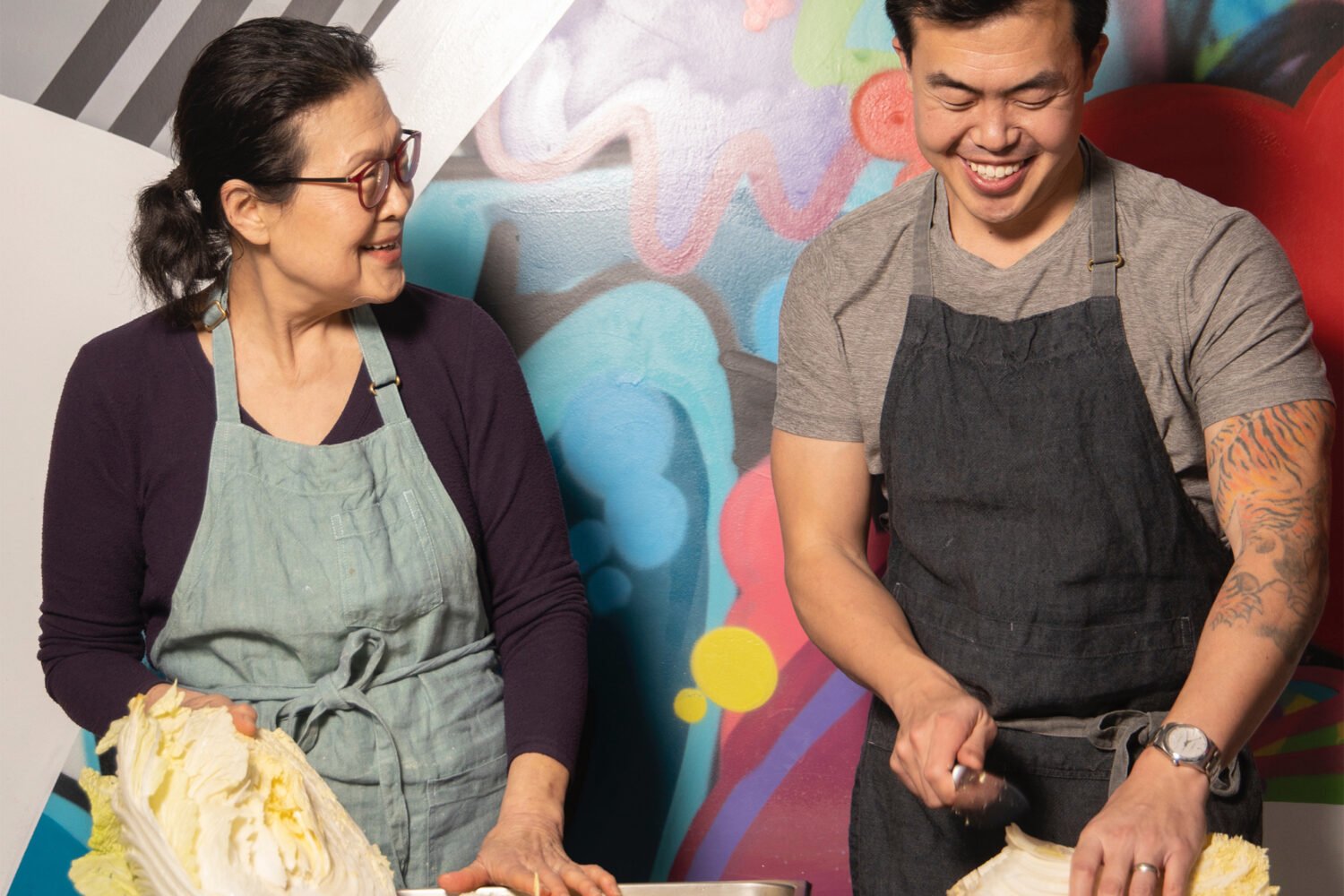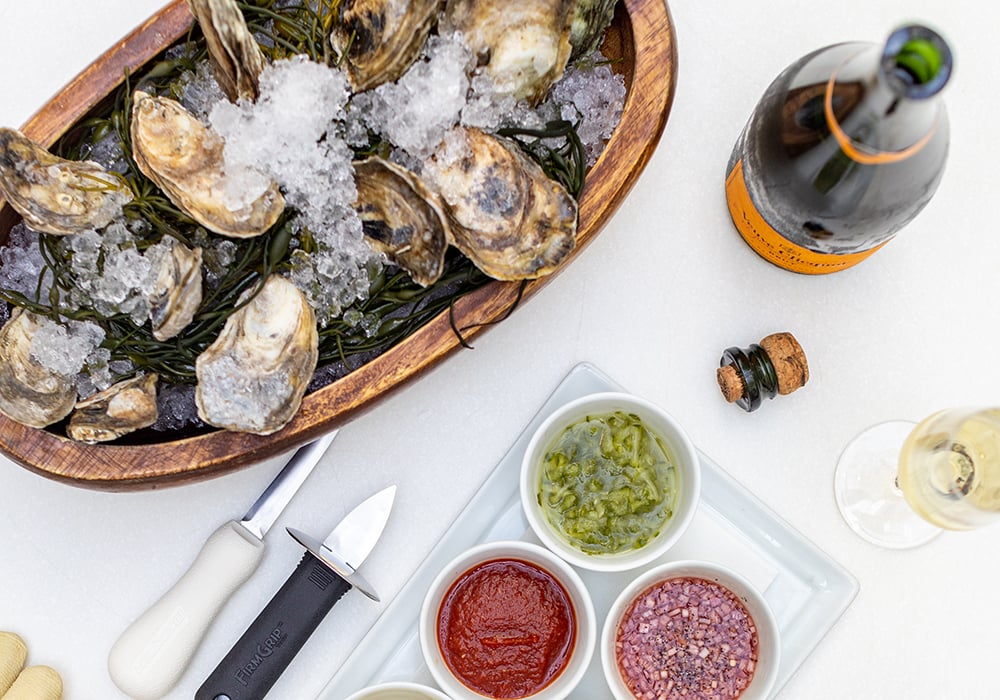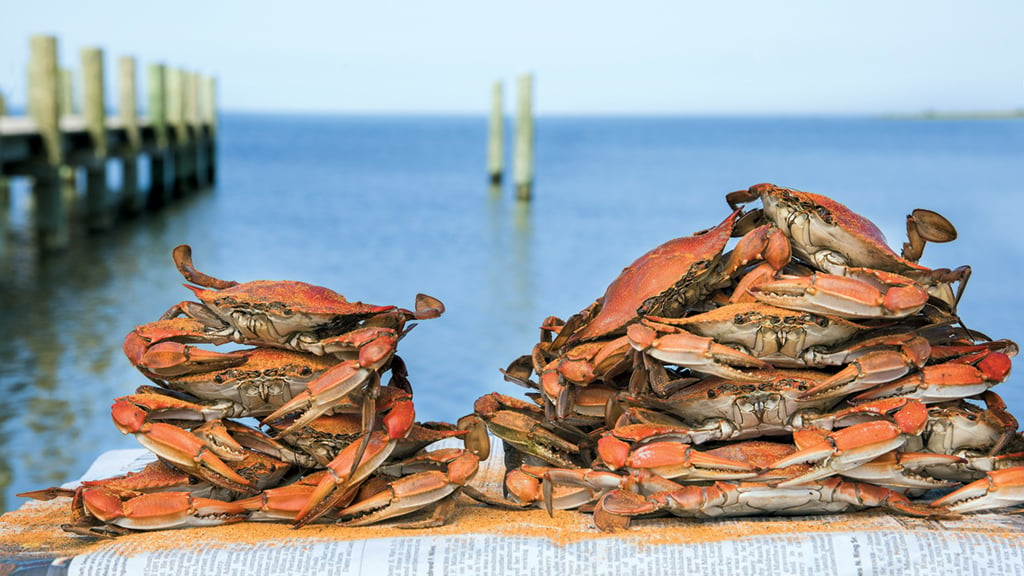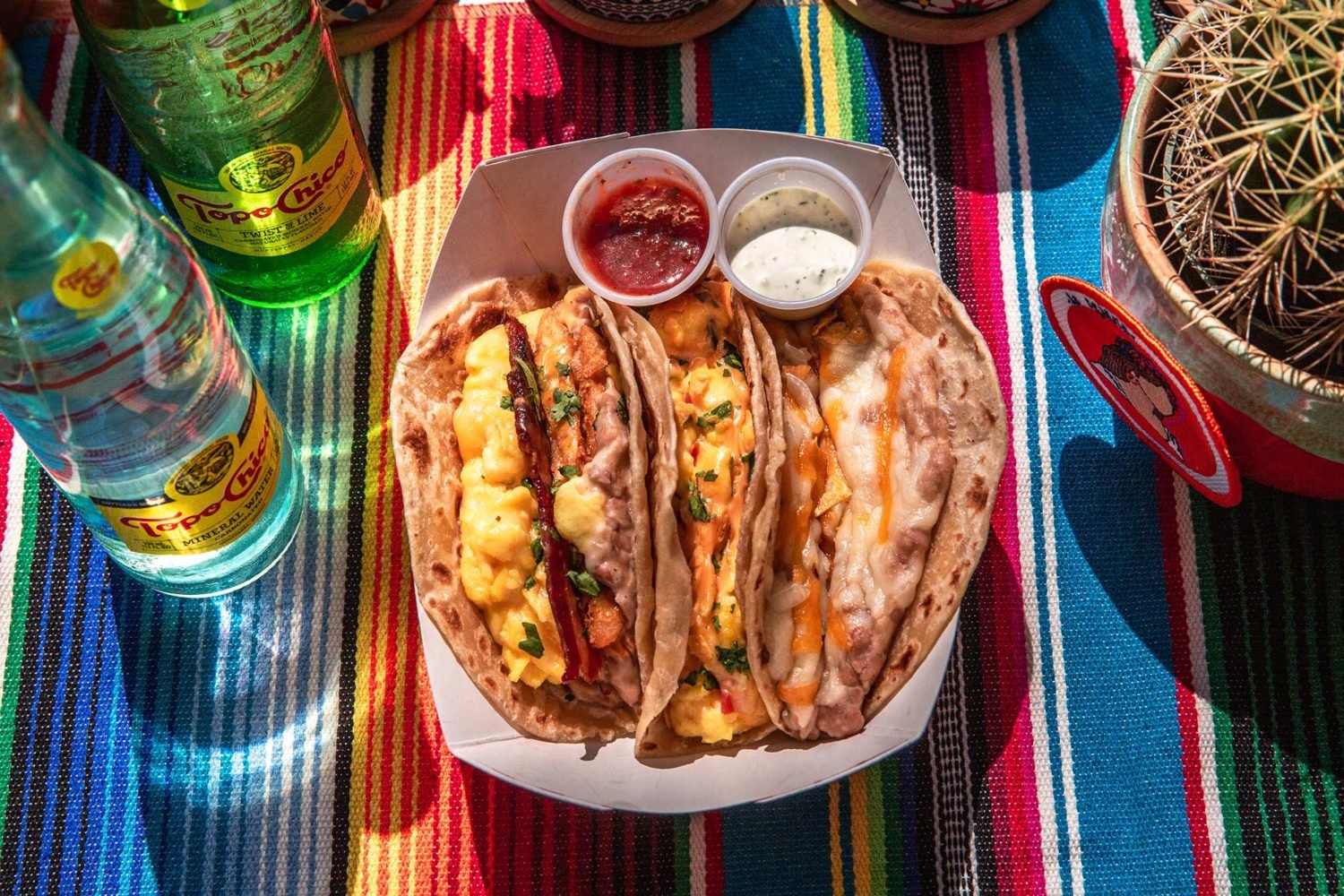There are literally thousands—tens of thousands!—of possible ingredient combinations at Poke Papa, the new poke shop in Penn Quarter. I’m going to go out on a limb here and say not all of the combinations are good. Not all them are even poke (traditionally a raw fish dish).
But this is not about poke, really. (Although it’s true that in Hawaii, you’ll usually only find a handful of poke combinations, and often just the classic tuna-soy-sesame option.) It’s about the insane proliferation of build-your-own-meal, assembly-line restaurants in Washington, and how we’ve wrested control away from the professionals into our own neurotic hands. We think we’re getting exactly what we want. In fact, we’re often ruining our meals with clashing ingredients, muddled flavors, and Sriracha aioli.
The culture of micro-customization is also creating unrealistic expectations of other restaurants. When so many places are willing to give you exactly what you want how you want it (down to a light sprinkling of sesame seeds), how can that feeling of entitlement not carryover?
I’m not saying choices are bad. I like Poke Papa, and Cava Grill, and many other Chipotle-esque variations of [enter your cuisine]. It’s just that many restaurants now seem to be afraid of not offering a million options. This doesn’t only apply to fast-casual joints; there are also the steakhouses that see the need to serve sushi and places like Farmers & Distillers that have more than 130 dishes hopping from French to South American and Chinese (also: poke).
There is another way. It exists in other cities, but not so much in DC.
Take Il Corvo. It’s a super-casual pasta restaurant in Seattle that only offers three pastas every day. One of them is almost always the same (pappardelle alla bolognese), and the other two rotate. There are also a handful of antipasti, but none more complicated than focaccia or a kale salad. Even wine is simple: red or white?
The advantage of such laser-focus is that the few things they do, they do really, really well—and for a bargain ($9 a plate). People line up for it.
In this Washington, however, it seems hard to imagine restaurants with such self-restraint—or customers willing to relinquish that much control. What about the people who are gluten-free? And the ones who don’t like olives? And shouldn’t we add some dan-dan noodles to the menu? Everyone loves dan-dan noodles right now.
Ultimately, though, when it comes to lunch, you don’t need tens of thousands of permutations of more or less the same dish. You just need one really, really good one.

